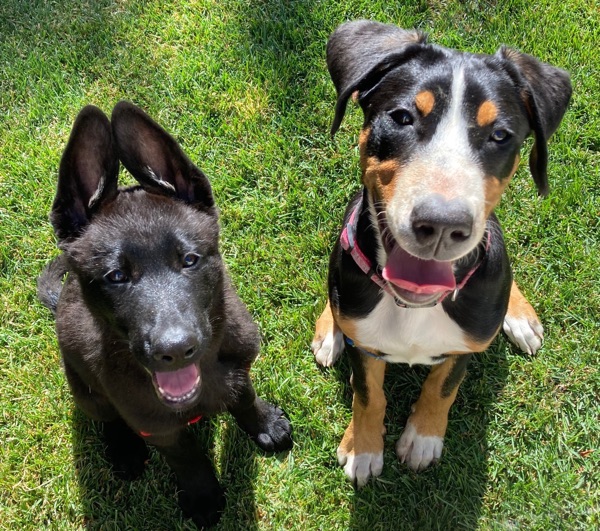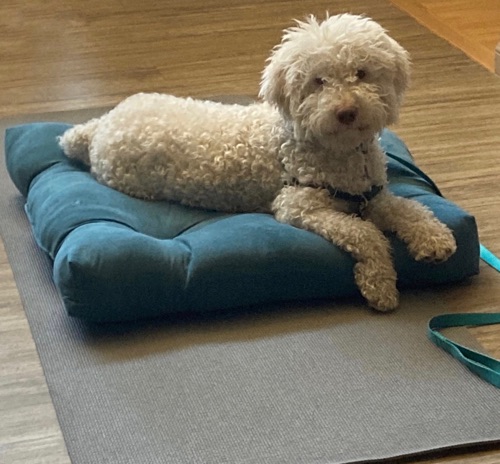Getting A Puppy
Humans have bred dogs for thousands of years resulting in a multitude of breeds that function based on specific character traits, instinctual behaviour and energy drives.
Initial Considerations

Dogs were bred for specific tasks and used as sledding, guarding, hunting, herding and vermin control animals.
In our modern times, they’re specifically trained as seeing eye dogs and for use in police, military and bomb detection work and as therapy animals for autism and seizure alerting. Some are able to sniff out certain diseases such as cancer.
Keep these traits in mind when searching for a breed that matches your expectations, fits into your lifestyle and fulfills your needs.
When you adopt a new puppy, you bring a smart, sentient animal into your life that has a variety of drives and physical and mental stimulation needs.
Having a Dog is a Long-term Commitment
Proper nutrition, socialization, on and off leash walks and daily grooming and oral care require your time and energy.
Outfitting your puppy with a collar, harness, leash, toys, coat and winter boots could strain your budget. A municipal licence is also required.
Routine veterinary care or an unexpected illness or injury that requires medical attention could cost substantial amounts of money. To avoid excessive out-of-pocket expenses, you may want to consider pet insurance.
Your new puppy emotionally connects to you and perceives your home as its principal life support. Therefore, your new family member doesn’t want to be left alone or locked into a crate or room for long periods of time.
Dogs thrive and feel happy when their needs are fulfilled in a stable environment, and when they’re able to follow a predictable, stimulating routine. Any drastic changes could be stressful or painful.
Once your puppy has settled into your home and emotionally connected to you, to suddenly rehome it because it demands too much of you, would be a traumatizing experience, to say the least.
Before you decide to get a puppy, ask yourself:
“What are my reasons to get a dog? Am I willing and able to live up to the requirements a responsible dog ownership entails? Do I have the proper environment, time, energy and sufficient resources? Who will be taking care of my dog when I’m sick or travel? Do I act in the best interest of the animal?”
These are considerations you want to be clear about.
Puppy-proofing Your Home
To manage your puppy in your home, you need a crate or a large exercise pen with a soft blanket and safe, stimulating toys for adequate rest. A baby gate will prevent access to a room.
These management tools will keep your canine companion safe when you’re not able to actively supervise them or when you leave the house.
You may want to cover your couch and temporarily secure treasured furniture, area rugs and keepsakes.
To protect your car’s interior using seat covers or blankets is advisable. You can either use a crate or a dog seatbelt to keep your puppy safe while travelling in a vehicle.
You also need to establish a specific potty area outside your home.
Training Your Dog
Once you bring your new puppy home and allow it to decompress and adjust to your environment for two weeks, you need to focus on training your dog.
Your investment in your puppy during the first months will prevent unwanted behaviours, problems and expenses down the road.

Your dog is most receptive to guidance and to absorbing new stimuli during the first three months of its life. Puppies that are not trained and actively socialized during this period may display fearful or destructive behaviours as adolescents.
You need to create positive associations by pairing exposure to anything the puppy will encounter with yummy treats. A treat pouch will be most helpful to keep your pockets clean.
Providing proper nutrition, socialization, training and stimulating activities during the first months will shape your puppy to harmoniously fit into your lifestyle and help them to navigate our busy, urban environment in a confident and safe manner.
